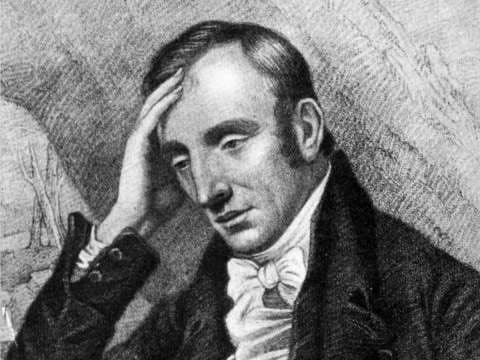
CRITICAL ANALYSIS- This poem has the potential to be read on various levels. To each of us, the poem reads differently. Few of the levels, however, are the most important and apparent. On the literal level, the poem is simply about the theft of a boat by the young Wordsworth and the aftermath of which left him… Continue reading Stolen Boat by William Wordsworth Analysis
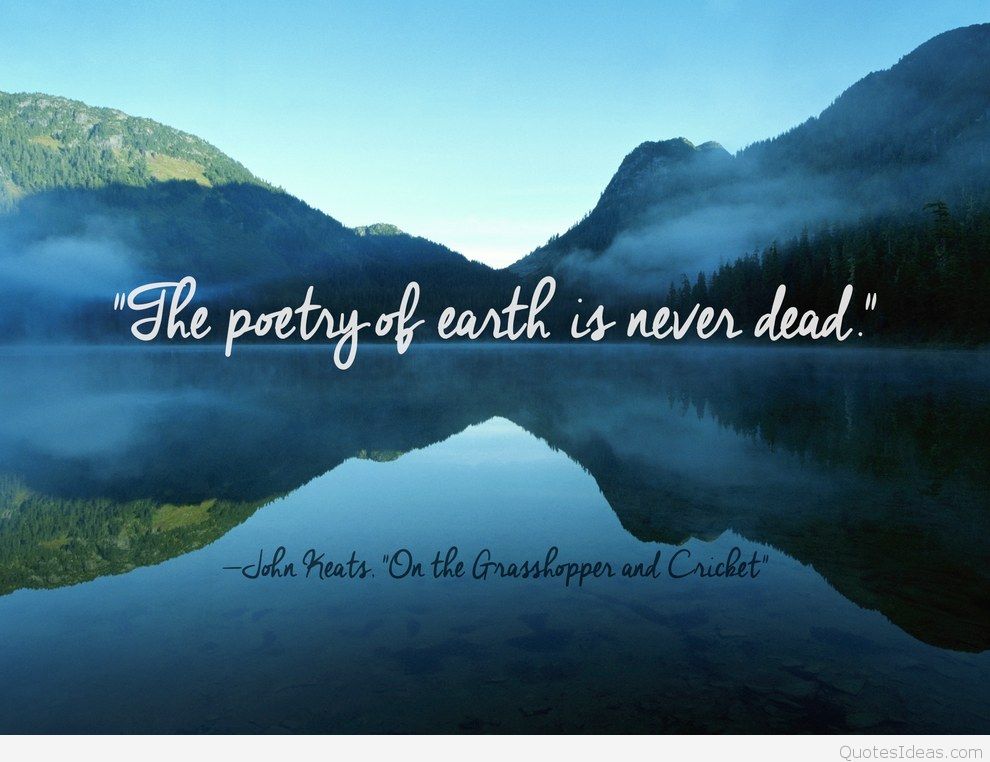
First and foremost, this poem is about the poetry of the earth. This ‘poetry’ that Keats talks about can be read variously. The Poet of Earth: Analysis Literally speaking, the poetry of earth indicates the various sounds found in the natural world, be it the calls of birds or beasts or insects. These natural sounds… Continue reading The Poetry of Earth: Analysis

The poem is a sonnet by John Keats. The poem was composed in the December of 1816 when the poet was twenty-one years of age. It was published posthumously in ‘The Poetical Works of John Keats’ in 1884. About the Poet: John Keats (1795–1821) was one of the leading figures in the second-generation Romantic poets.… Continue reading The Poetry of Earth: Summary
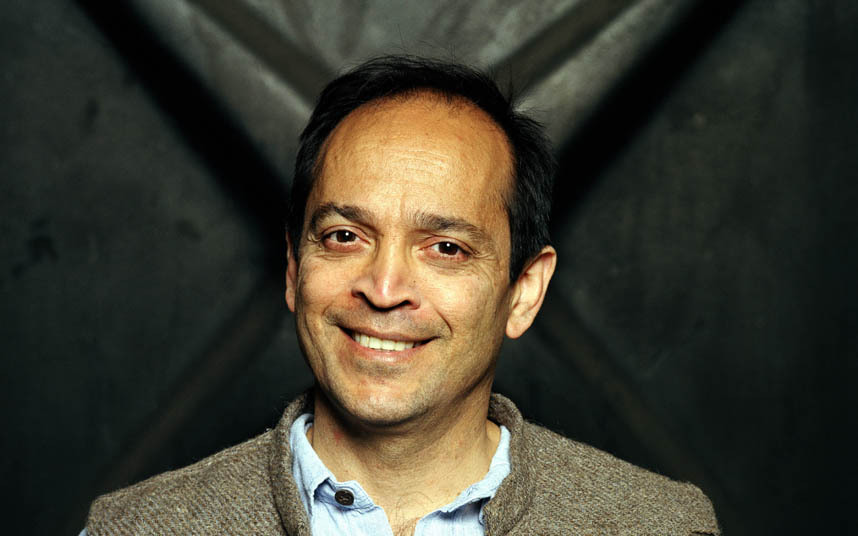
Critical Analysis: On the surface a children’s poem, But at its heart The Crocodile and the Monkey by Vikram Seth is a well spun tale of friendship, kindness, betrayal and subsequent estrangement. Rewriting the moralistic tale of not trusting those who are untrustworthy, from the Panchatantra, Seth presents this story in a poetic form with a… Continue reading Analysis of The Crocodile and the Monkey by Vikram Seth

About the poet: Conceived on June 20, 1952 , Vikram Seth is a well known Indian writer, author, travel essayist, librettist, kids’ author, biographer and memoirist. His dad, Prem Seth, was a shoe organization official and his mom, Laila Seth, served as a judge. Conceived in Kolkata, Vikram Seth’s youth was spent in the town of… Continue reading Summary of The Crocodile and the Monkey by Vikram Seth
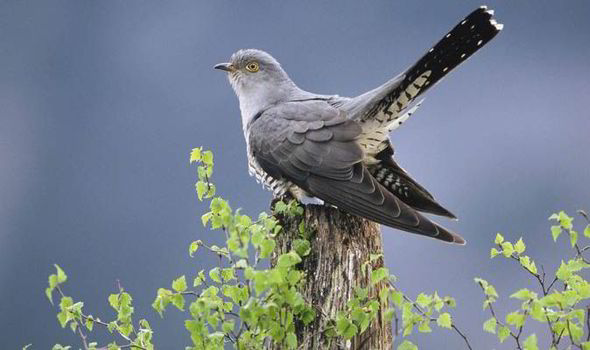
The poet laureate who launched the romantic age in Britain with themes of nature in his poetry, William Wordsworth’s To the Cuckoo, is a classic example of his style of poetry. We have given here, To The Cuckoo: Analysis. To The Cuckoo: Analysis Consisting of 8 quatrains, this poem is directly addressed to the cuckoo… Continue reading To the Cuckoo: Analysis

A quatrain consisting of eight stanzas, To the Cuckoo is a lyrical pastoral poem with elaborate stanzaic formations. Hence, it can be called an ode to the Cuckoo bird. The poet has directly addressed this poem to the cuckoo and expresses his love, devotion, and yearning to visually glimpse the cuckoo throughout the poem. Here… Continue reading To the Cuckoo: Summary 2022
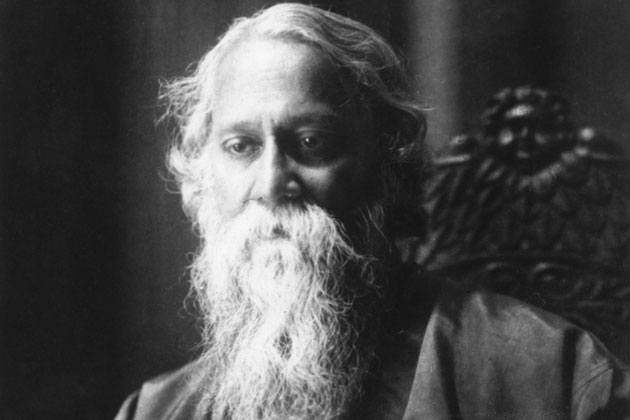
I Had Gone a Begging by Rabindranath Tagore is the fiftieth poem from his Nobel Prize winning collection, Gitanjali. Written in blank verse, this poem is the story of a beggar, who is the poet himself. Narrated in a first person account, the poet has directly addressed the poem to the King of King’s. He… Continue reading I Had Gone a- Begging Analysis by Tagore

About the poet: Rabindranath Tagore (7 May 1861 – 7 August 1941) was a Bengali poet of India born in the city of Kolkata (formerly known as Calcutta). His name is written as Rabindranath Thakur in Indian languages. Tagore had early success as a writer in his native Bengal. With his translations of some of his poems he became rapidly known in… Continue reading I Had Gone a- Begging Summary by Tagore
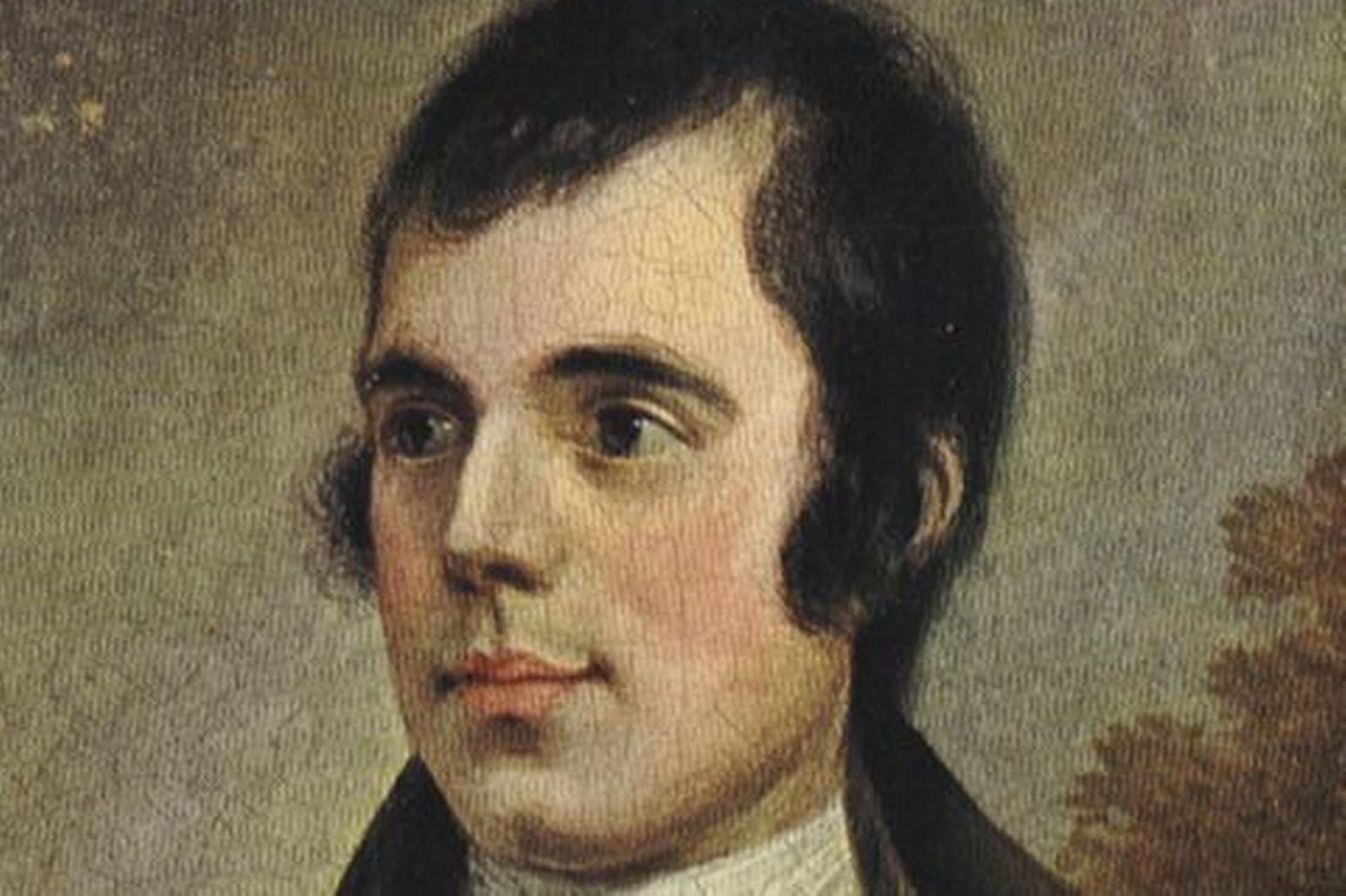
Robert Burns was a Scottish poet and lyricist. He is generally thought to be the national poet of Scotland because he is the most widely read among all poets who have written in the Scots language. Burns has also written in English and a light Scots dialect, so that his poetry would be understood by an audience beyond Scotland as well.… Continue reading To a Louse Summary by Robert Burns





